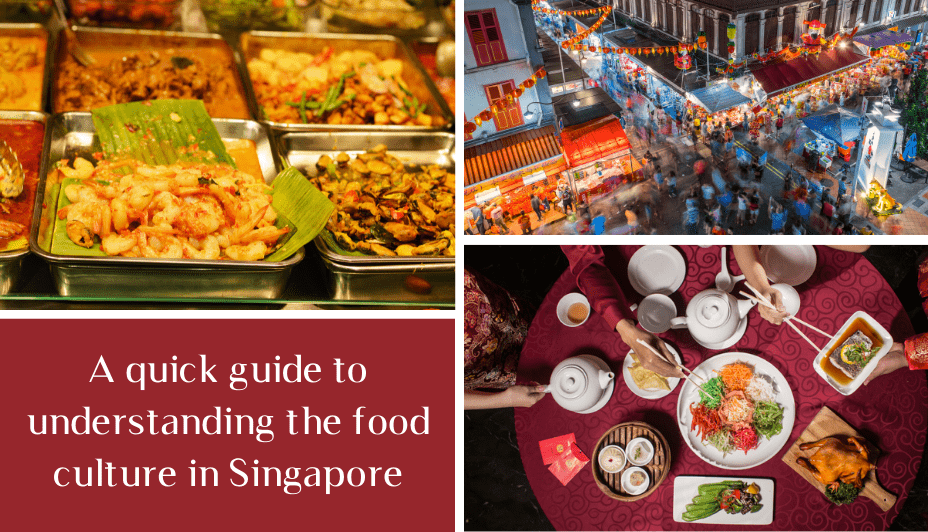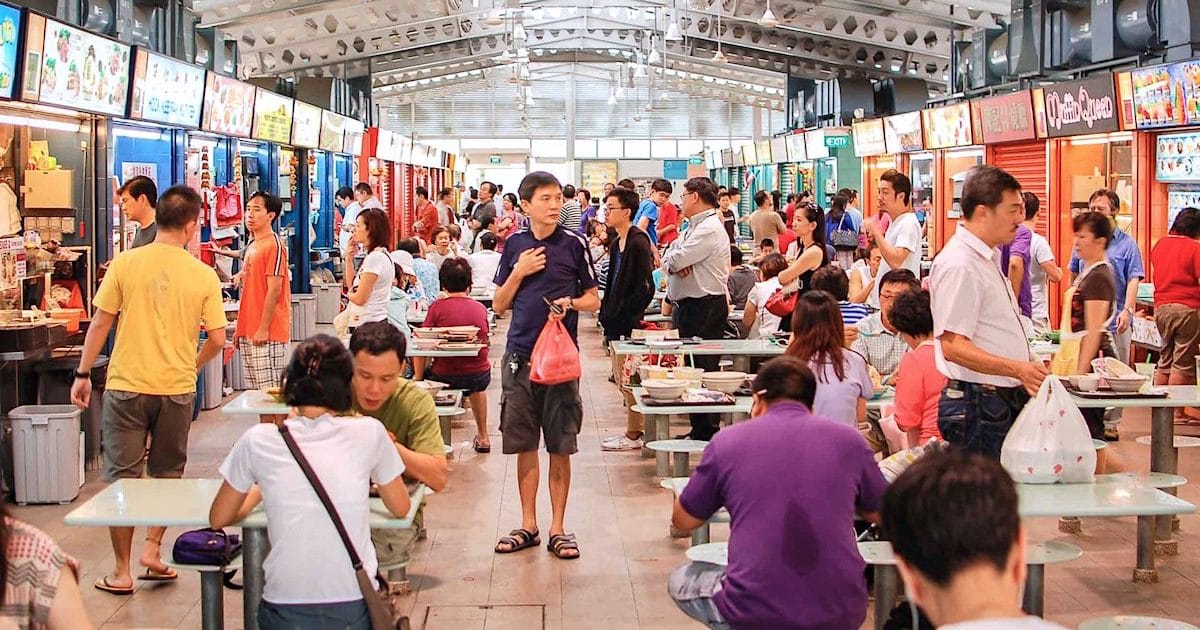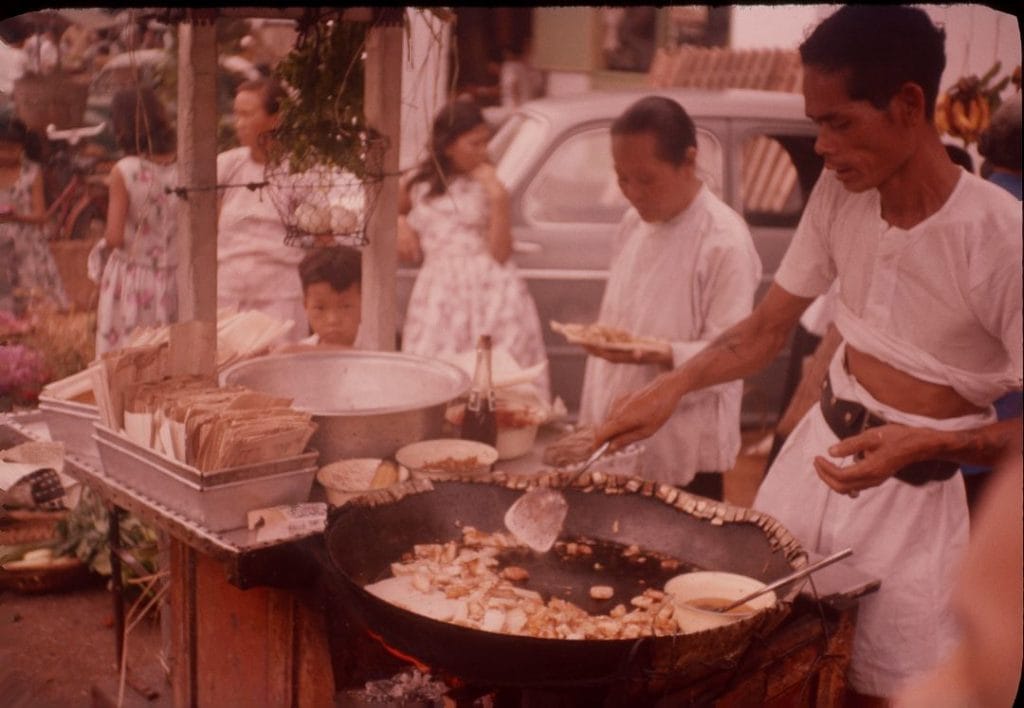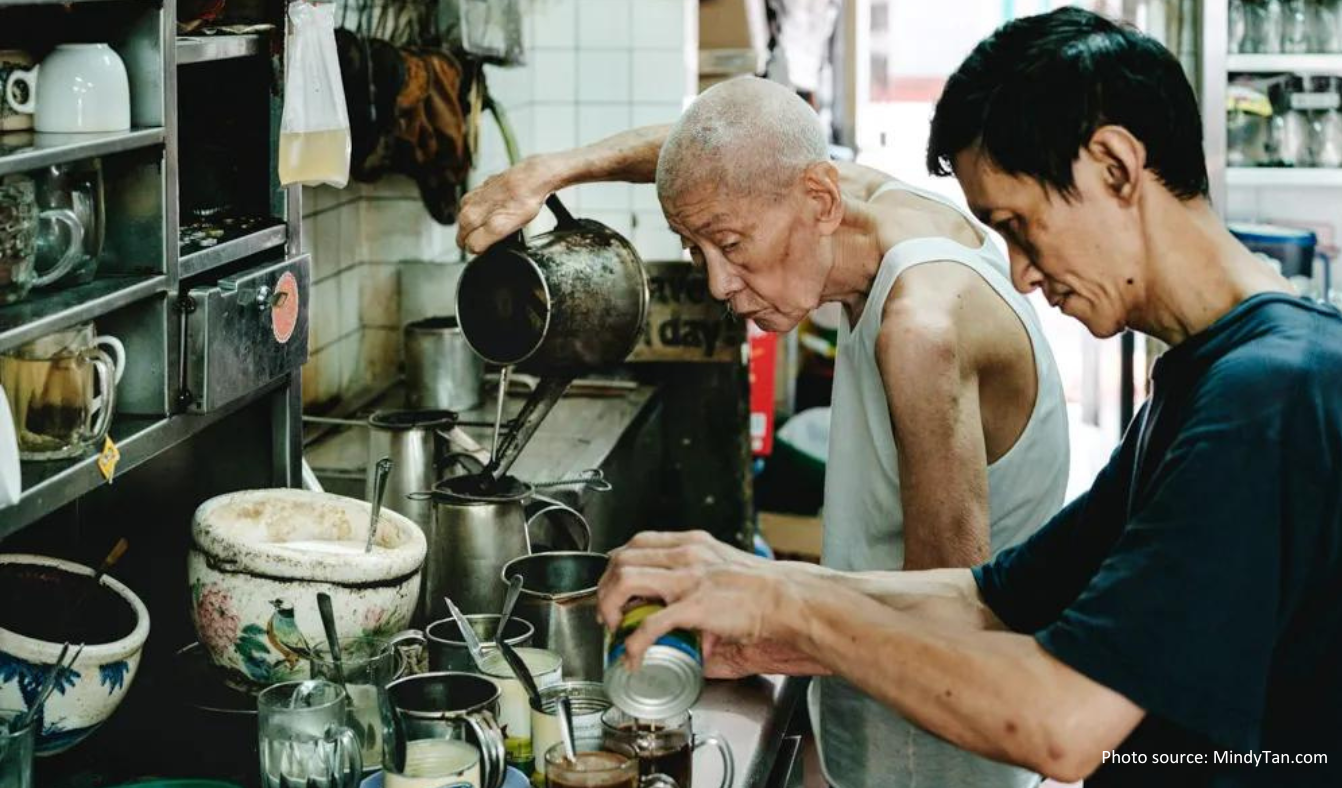The restaurant industry in Singapore is one of the most dynamic and diverse in the world. Renowned for its culinary richness, Singapore has transformed from humble street hawkers to world-class dining establishments. The evolution of Singapore’s food service sector reflects its unique blend of cultural heritage, economic development, and global influence.
In this article, we trace the historical development of Singapore’s restaurant scene, exploring the origins, key milestones, and how the industry has matured into an integral part of the nation’s identity.

Early Beginnings: Colonial Influence and Food Stalls (1800s–1940s)
Birth of Singapore’s Eating Culture
In the early 19th century, when Singapore was established as a British trading port, the city began attracting immigrants from China, India, the Malay Archipelago, and beyond. These communities brought with them their culinary traditions, forming the foundation of Singaporean cuisine.

The Role of Hawkers
The earliest form of food businesses came in the shape of hawker stalls—small, mobile vendors selling affordable meals. These street food vendors played a crucial role in feeding the working class, offering dishes like Hainanese chicken rice, laksa, and roti prata.

Post-War Era: Rise of Chinese Restaurants and Coffee Shops (1950s–1970s)
Chinese Cuisine Takes Root
After World War II and the Japanese Occupation, Singapore experienced a surge in Chinese-owned restaurants. Many started as family-run businesses offering home-style cooking, especially Cantonese, Teochew, and Hokkien fare. Restaurants such as Spring Court (founded in 1929) began to gain popularity among both locals and expatriates.

Kopitiams and Local Cafés
During this time, kopitiams—traditional Chinese coffee shops—flourished. These establishments served as social hubs where people gathered over kaya toast, soft-boiled eggs, and kopi (local coffee). Kopitiams were predecessors to modern-day casual dining.

Economic Boom and Culinary Expansion (1980s–1990s)
Urbanization and Dining Out
With economic development and urban expansion in the 1980s, Singapore saw a sharp rise in middle-class households and an increase in disposable income. Eating out became a lifestyle, and demand for full-service restaurants, thematic eateries, and buffet dining grew.
Introduction of International Cuisine
During this period, international food franchises and fine dining restaurants entered the market. Japanese sushi bars, American fast food chains, Italian trattorias, and French bistros added diversity to the culinary landscape.
Government Regulation and Hawker Centre Reform
Organized Hawker Culture
To improve public hygiene and organize urban spaces, the government began relocating street hawkers into hawker centres—regulated food courts that maintained affordability while enhancing cleanliness and infrastructure.
This move not only professionalized the food service sector but also preserved culinary heritage, allowing traditional hawker fare to thrive under new standards.
21st Century: Gastronomic Capital and Michelin Recognition
A Global Food Destination
Today, Singapore is recognized as a culinary capital of Asia. The city hosts renowned Michelin-starred restaurants, celebrity chefs, and international food festivals. Its blend of fine dining, street food, and fusion cuisine makes it a magnet for gastronomes worldwide.
In 2016, Singapore became the first Southeast Asian country to be included in the Michelin Guide, marking a milestone for the local restaurant industry.
Modern Restaurant Concepts
Contemporary food businesses in Singapore embrace technology, sustainability, and experiential dining. Cloud kitchens, farm-to-table concepts, and digital ordering platforms reflect the modernization of the sector.
Key Milestones in Singapore’s Restaurant Industry
1819 – Founding of Singapore; start of street food culture
1920s–1930s – Emergence of Chinese restaurants and kopitiams
1960s – Government hawker licensing and sanitation programs
1980s – Entry of international franchises and luxury dining
2016 – First Michelin Guide Singapore edition released
2020s – Digital transformation and growth of food delivery services
Impact of Global Events on the Industry
COVID-19 and Industry Resilience
The COVID-19 pandemic hit the food and beverage industry hard. Lockdowns and dining restrictions forced restaurants to pivot rapidly to takeaway, delivery, and contactless services. Many adapted with QR-code menus, e-commerce integration, and kitchen automation.
Despite challenges, Singapore’s resilient ecosystem, supported by government subsidies and digital innovation, enabled many businesses to survive and even thrive.
Cultural Significance and Culinary Identity
The history of Singapore’s restaurant industry is more than economic data—it is a reflection of the nation’s multiculturalism, social evolution, and gastronomic ambition. Restaurants and food outlets act as cultural bridges between communities, generations, and cuisines.
Food continues to be a key part of national identity, often featured in tourism campaigns, international diplomacy, and daily life.
Conclusion: From Street Food to Starred Excellence
The restaurant industry in Singapore has evolved from humble hawker beginnings to a sophisticated, internationally acclaimed food scene. Its journey highlights Singapore’s ability to balance tradition with innovation, creating a culinary culture that respects its past while embracing the future.
As the industry continues to evolve, it remains a vital part of Singapore’s economy, tourism, and cultural fabric—proof that food is not just about sustenance, but also about identity, innovation, and connection.
